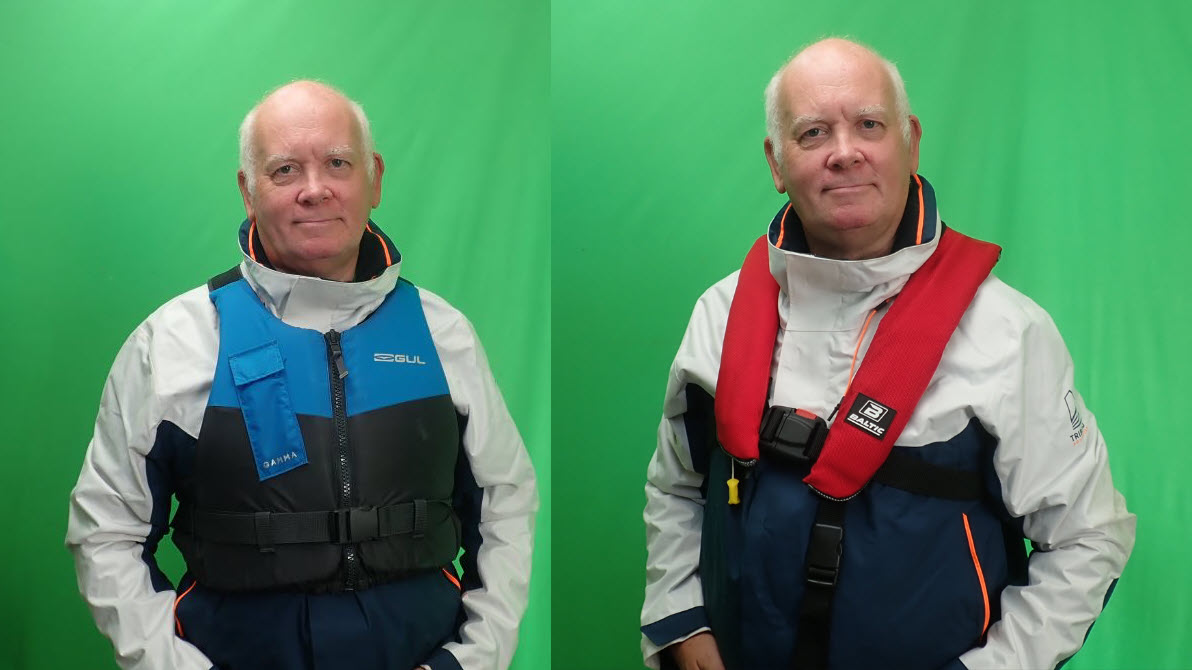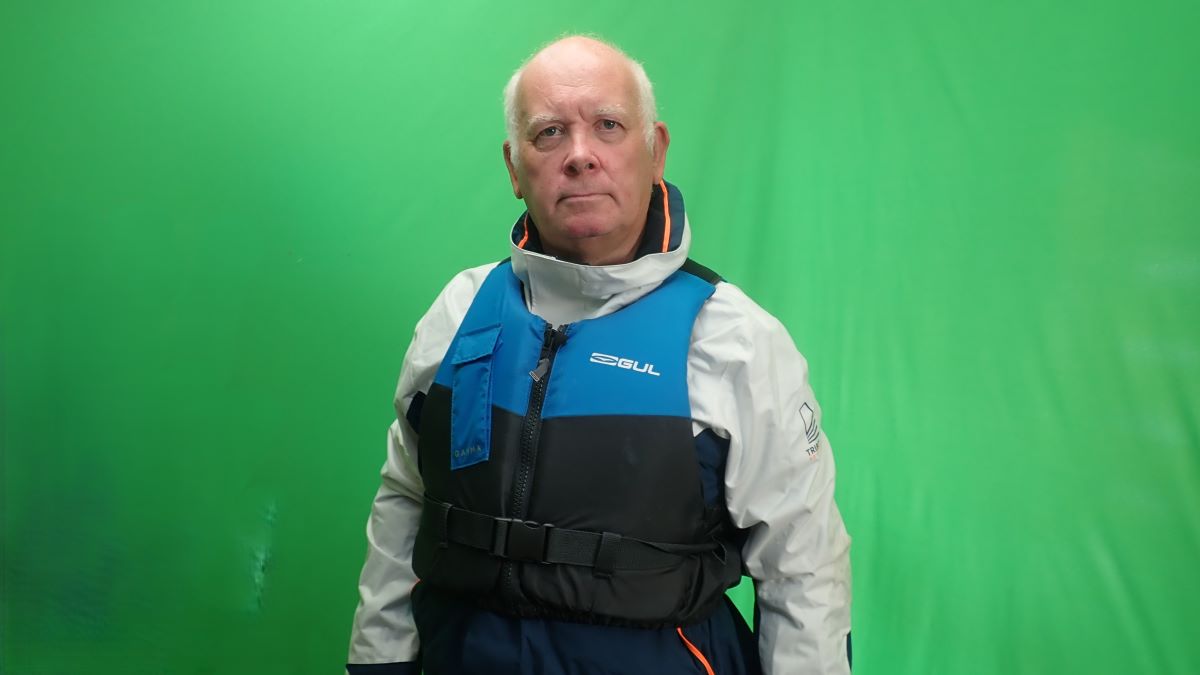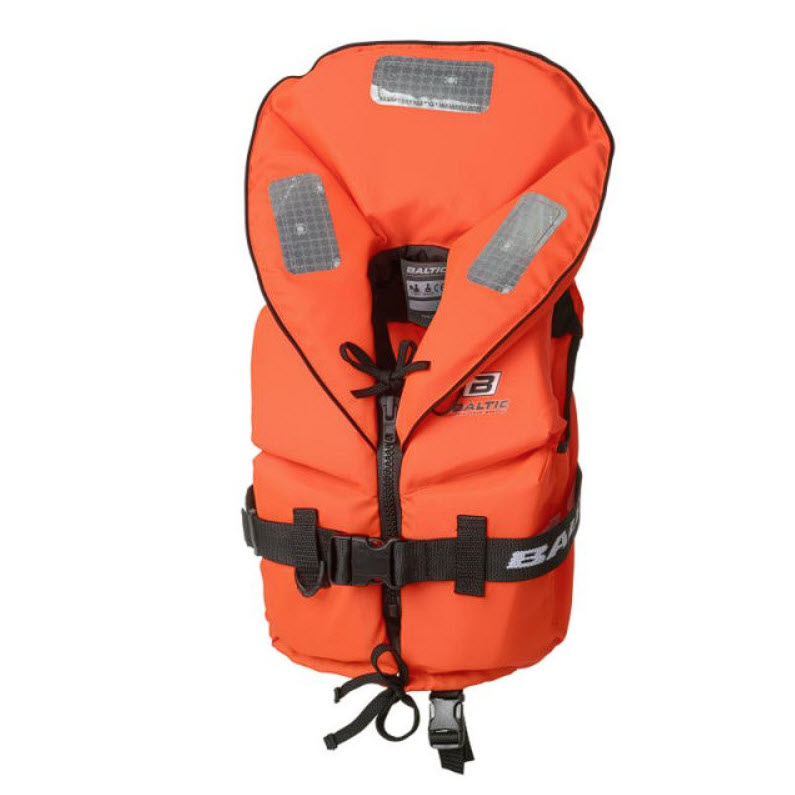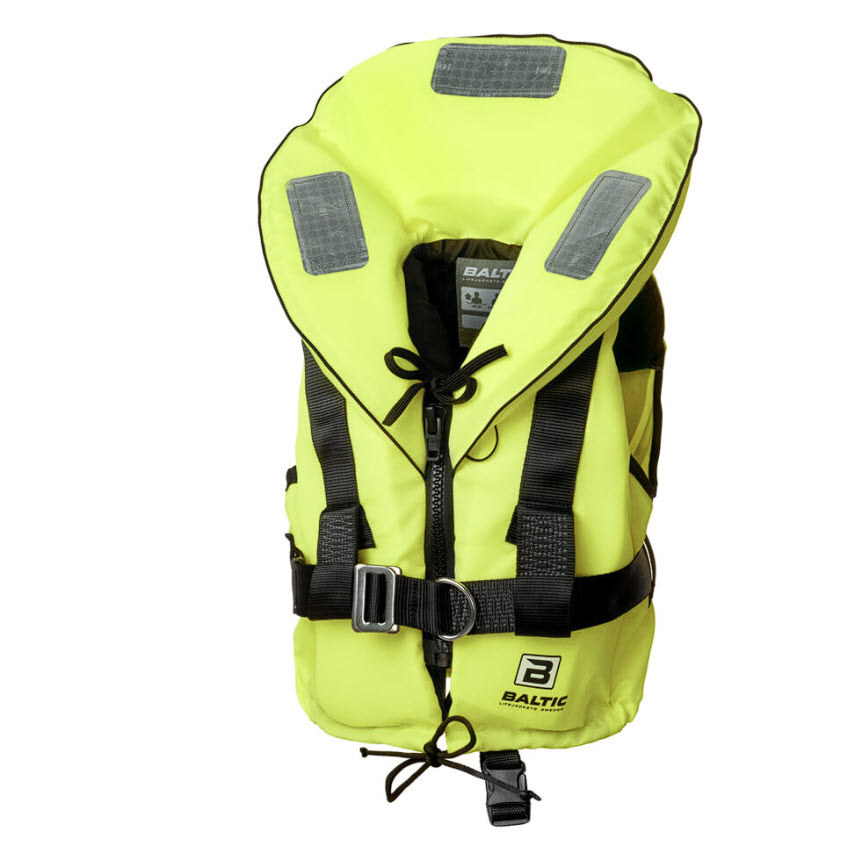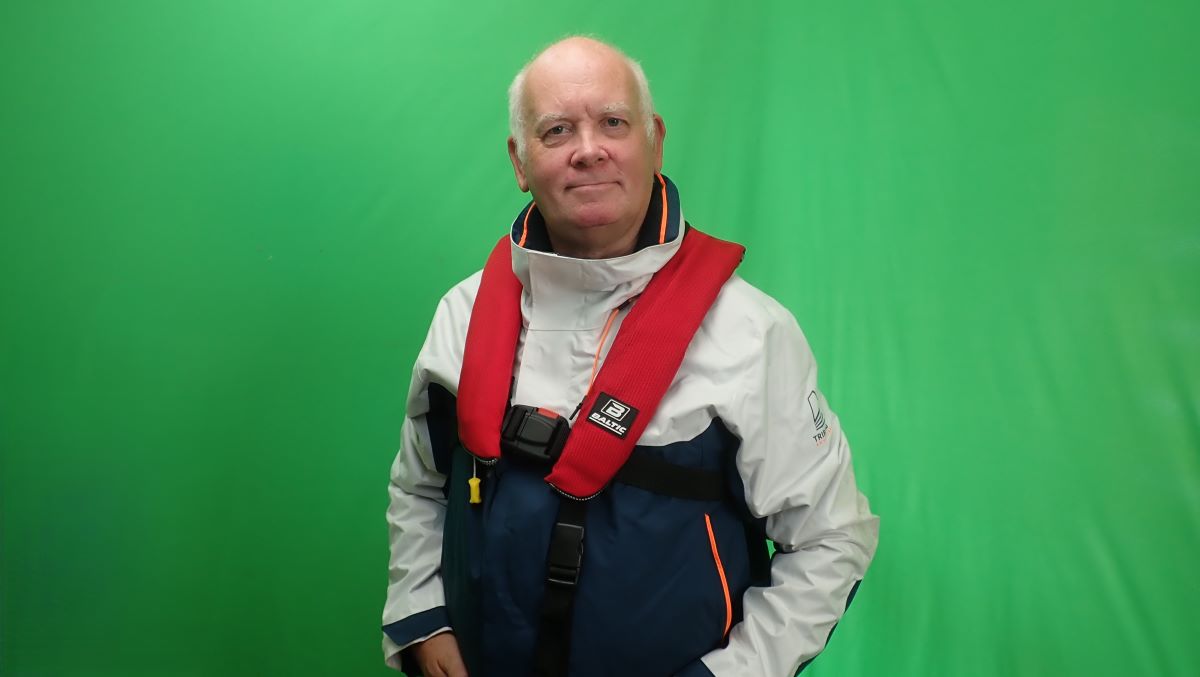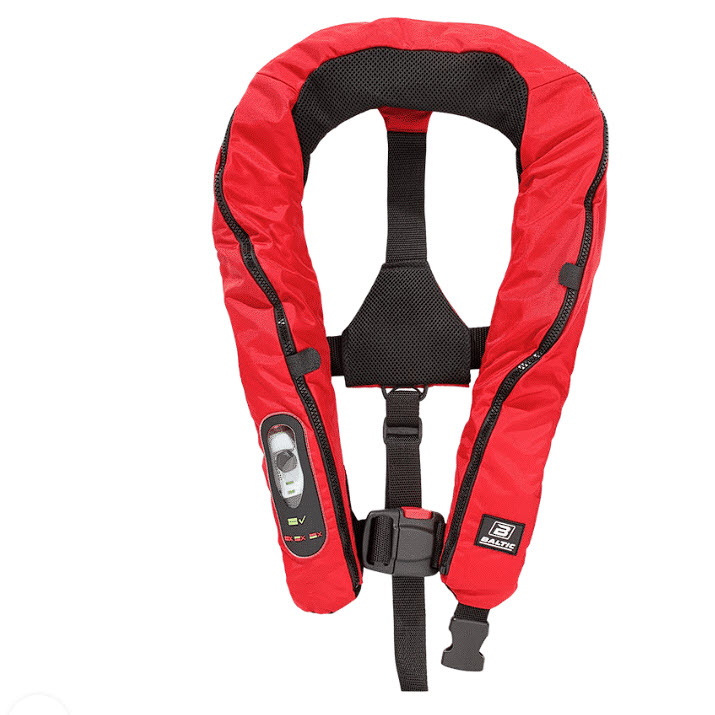Whether you’re navigating the Thames in a dinghy or cruising along in a powerboat, safety should always come first. One of the most critical pieces of safety equipment is your life jacket or buoyancy aid, but with so many types available, it can be tricky to know which one is right for your activity. Here’s a guide to help you choose the best option based on the type of boating and conditions you'll encounter.
Best for: Experienced sailors in sheltered waters
Buoyancy: 50 Newtons
Key Features: These provide some flotation but are not designed to turn an unconscious person face-up. They're ideal for sailors who can swim and are navigating calm, inland waters.
Recommended Use: Dinghy sailing, kayaking, paddleboarding.
Pros: Lightweight, comfortable, and offers good mobility.
Cons: Not suitable for rough waters or for non-swimmers, as they offer limited flotation.
Best for: Inshore cruising or river sailing
Buoyancy: 100 Newtons
Key Features: Designed to turn most unconscious wearers face-up, these life jackets are ideal for slightly more challenging conditions, such as inshore sailing or boating on rivers where help is readily available.
Recommended Use: Inshore powerboating, larger dinghies, fishing on rivers or lakes.
Pros: Provides greater safety than buoyancy aids. 100N buoyancy and is classified as a life jacket. A life jacket saves lives. It is designed to always turn the user to a supine position and keep the airways clear above the water surface by a good margin, even if the user is unconsciousness or cannot swim. Life jackets are available with inflatable lung or with solid buoyant material, common to all is that in the activated position they have most of the buoyancy on the front and a sturdy collar that supports and holds up the head.
Cons: Bulkier than buoyancy aids and can restrict movement slightly. Not much choice in purchasing. Most are 50N
Best for: Offshore sailing and boating in rough conditions
Buoyancy: 150 Newtons
Key Features: These jackets are equipped to provide enough buoyancy in offshore conditions and will turn an unconscious wearer face-up. Many models come with automatic inflation upon immersion, which is particularly useful if the wearer is incapacitated.
Recommended Use: Offshore cruising, open water powerboating, long-distance sailing.
Pros: Provides high buoyancy without compromising comfort, as it only inflates when needed.
Cons: Requires regular maintenance and checks to ensure the gas canister is functional. It is necessary to have a spare gas cannister, because you can't use it again until it is re-armed. The classification as a life jacket means that your airways are kept above the surface. The vest's inflation valve is connected to an airtight lung for maximum function and safety. The propellant is a harmless, food-grade carbon dioxide.
Best for: Commercial and heavy-duty offshore use
Buoyancy: 275 Newtons
Key Features: Offering maximum buoyancy, these jackets are typically used by those in more extreme maritime environments, such as commercial sailors or those navigating rough seas far from shore. They are designed to turn an unconscious person face-up and provide extra flotation, even if the wearer is weighed down by clothing or gear.
Recommended Use: Commercial vessels, heavy offshore sailing, or powerboating.
Pros: Excellent buoyancy, making them the safest option in extreme conditions.
Cons: Heavier and bulkier, and like the 150 Newton models, they require proper maintenance.
These come equipped with Spray Hood, Emergency Light and a Mount for AIS. They have twice the Buoyancy of a standard inflatable lifejacket.
Water conditions: Sheltered inland waters, such as rivers and lakes, are much calmer than open seas. Buoyancy aids are usually fine for calm conditions, while life jackets with more buoyancy are essential for rougher waters.
Boating activity: Sailing dinghies or kayaking require more mobility, so a lightweight buoyancy aid or a slim life jacket is ideal. For powerboating or offshore sailing, a higher buoyancy life jacket, especially an inflatable one, is recommended.
Swim ability: Buoyancy aids are only suitable for strong swimmers in calm waters, whereas life jackets provide better protection for non-swimmers or anyone who may become unconscious.
Fit and comfort: Ensure the life jacket fits snugly but allows for movement. You should always test how comfortable the device is before taking it on a trip.
Selecting the right life jacket or buoyancy aid can make all the difference in an emergency. The key is to match the level of buoyancy to the water conditions and the type of boating you’ll be doing. For dinghy sailing on the Thames, a 50 Newton buoyancy aid may suffice, but if you’re heading out to sea in a powerboat, you’ll want the extra protection of a 150 or 275 Newton life jacket. And don’t forget, no matter how calm the water looks, always wear your life jacket or buoyancy aid—it could save your life!
